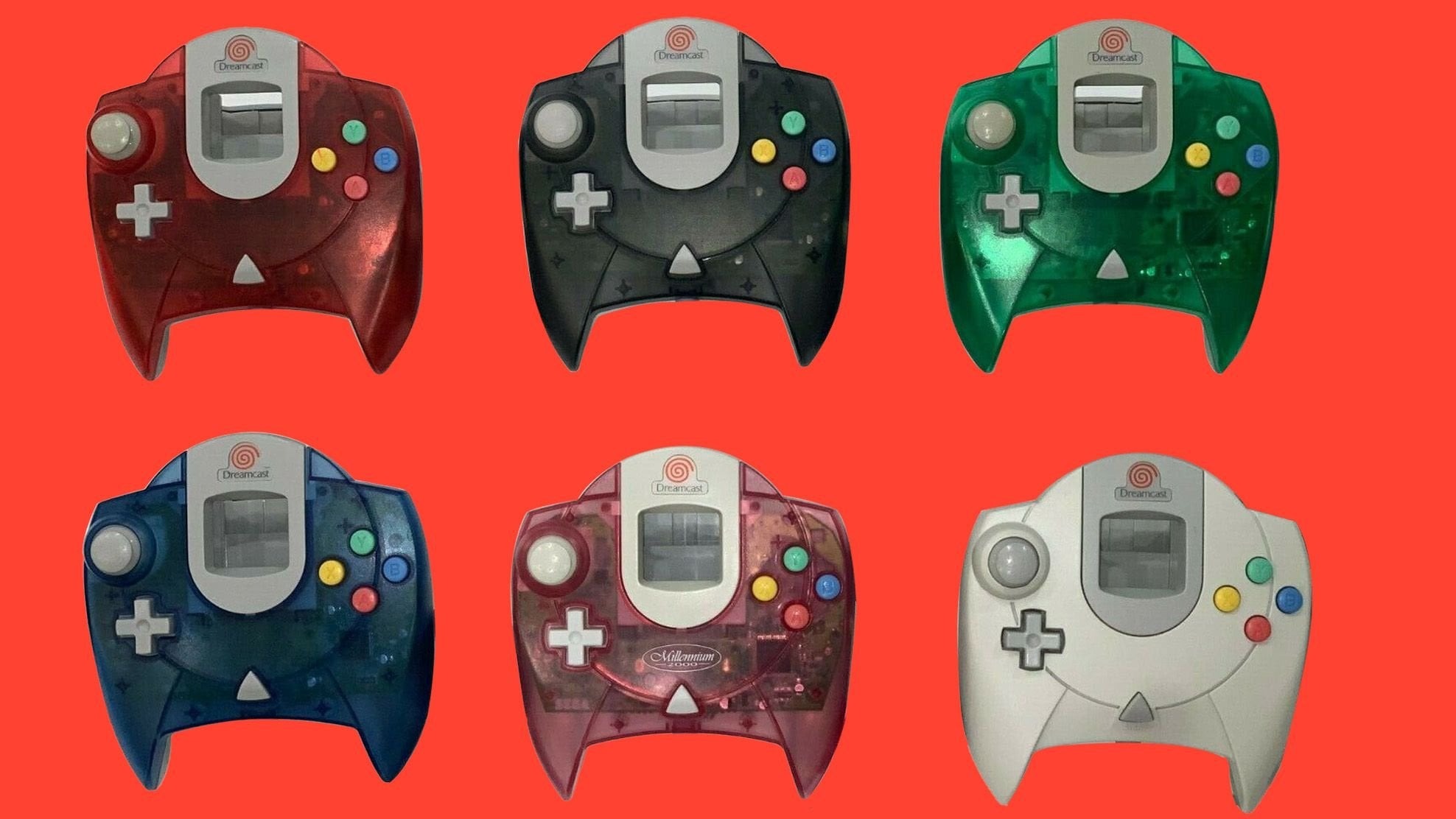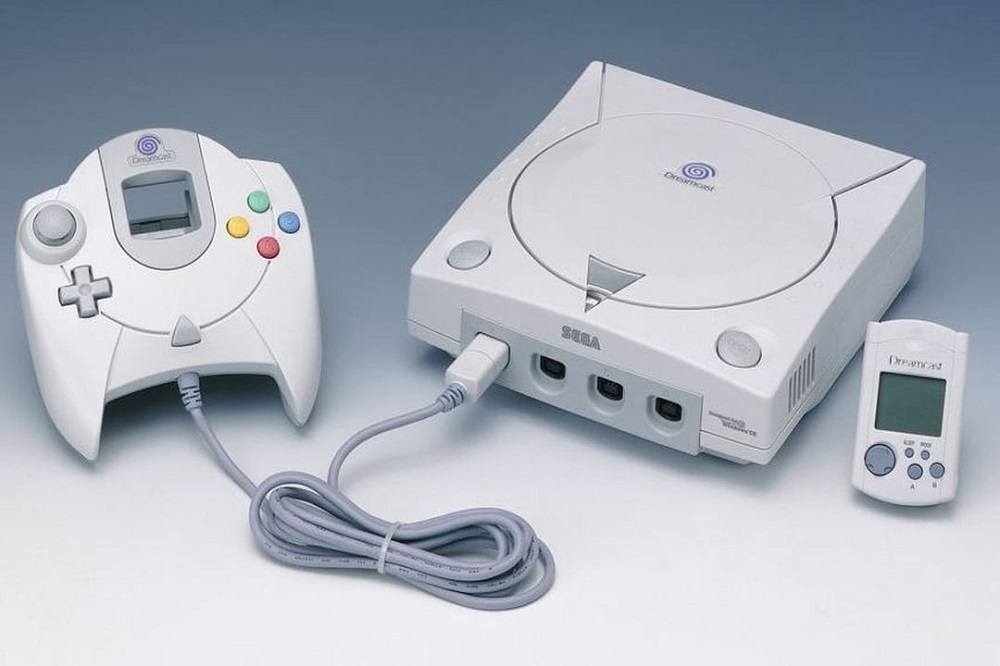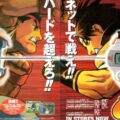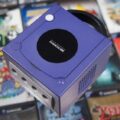When the Sega Dreamcast launched in 1999, it was more than just another gaming console — it was a vision of the future.
At a time when most players were still swapping memory cards and plugging in analog controllers, Sega dared to ask a revolutionary question:
“What if the console connected to the world?”
The Dreamcast wasn’t just Sega’s last console — it was the first truly online gaming system, years ahead of Xbox Live or PlayStation Network.
At Oldies Nest, we revisit this remarkable machine that burned brightly, died young, and changed gaming forever — a story of innovation, timing, and a dream that arrived too soon.
Sega’s Comeback Attempt: Rising from the Saturn’s Shadows
To understand the Dreamcast’s ambition, we have to start with its predecessor, the Sega Saturn.
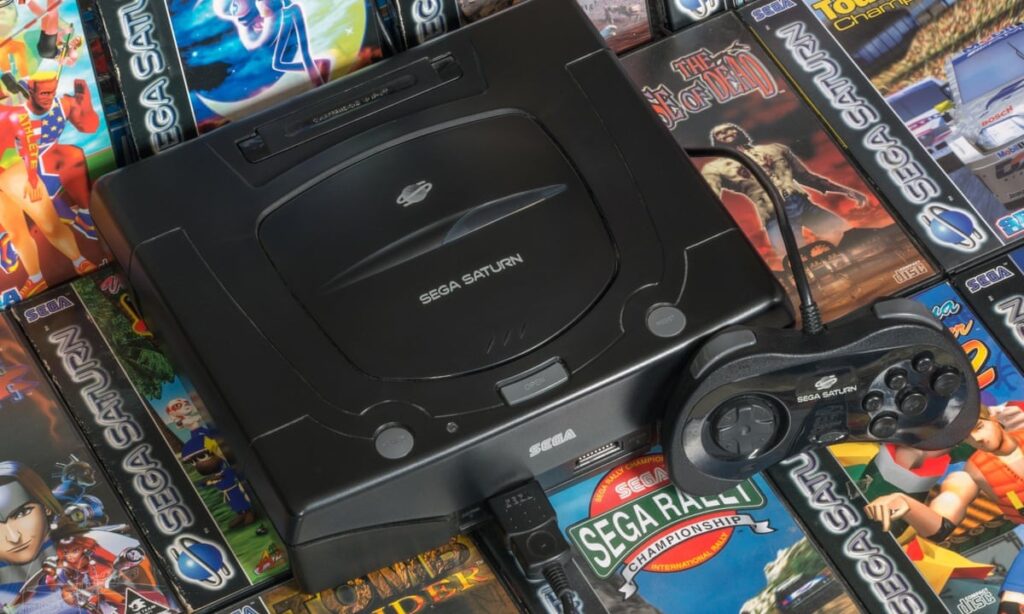
As explored in Sega Saturn: The Console That Struggled, the Saturn was powerful but notoriously complex to develop for, alienating third-party studios and frustrating players.
By the late 1990s, Sega’s reputation was crumbling under corporate missteps and the overwhelming success of Sony’s PlayStation. The Dreamcast was their redemption attempt — a fresh start designed around accessibility, creativity, and online play.
It was sleek, fast, and — most importantly — connected.
The Hardware: Ahead of Its Generation
Released in Japan in 1998 and worldwide in 1999, the Dreamcast featured cutting-edge specs for its time:
| Feature | Specification |
|---|---|
| CPU | Hitachi SH-4 200MHz |
| GPU | PowerVR2 |
| RAM | 26 MB total (16 main, 8 video, 2 sound) |
| Storage | GD-ROM (1 GB capacity) |
| Connectivity | Built-in 56K Modem |
| Controller | VMU (Visual Memory Unit) with display |
While competitors like the PlayStation and Nintendo 64 still relied on cartridges or CDs, Sega opted for GD-ROMs — a proprietary format offering higher capacity and better protection against piracy.
The console was fast, capable of smooth 3D graphics and clean textures, rivaling even early PlayStation 2 visuals.
But what truly set it apart was that phone jack on the back — a simple modem port that hinted at the next frontier of gaming.
Dreamcast Online: The Internet Enters the Living Room
The Dreamcast wasn’t just online-ready — it came with the modem built in.
A World Connected
Sega launched SegaNet, an ISP (Internet Service Provider) dedicated entirely to Dreamcast owners. Players could:
- Browse the web via the DreamKey or DreamPassport browser.
- Send emails.
- Download mini-games and updates.
- And, most importantly, play online with others.
At the time, broadband was rare, and most connections were still dial-up. Yet Sega made the impossible possible — creating an online console ecosystem in 1999.
Games like Phantasy Star Online and ChuChu Rocket! were not only playable with others — they depended on community interaction.
It was, in every sense, the birth of the online console era.
Phantasy Star Online: The First Console MMORPG
If the Dreamcast’s modem was its heart, Phantasy Star Online (PSO) was its soul.
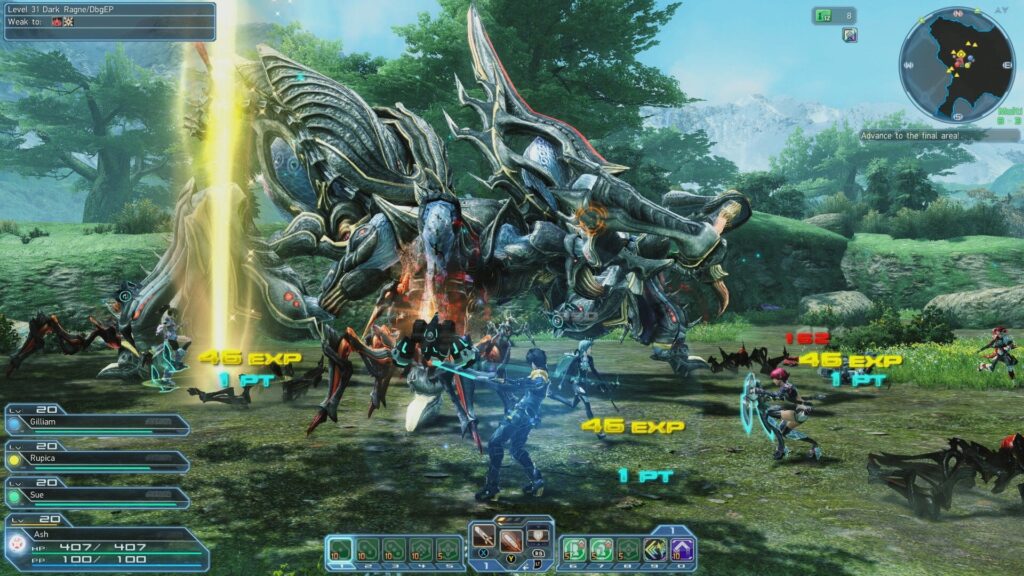
- Released: 2000
- Developer: Sonic Team
- Genre: Action RPG / Online Multiplayer
- Legacy: The world’s first online RPG for a home console
Players around the world could join parties, explore planets, and trade gear — all through the Dreamcast’s modest 56K modem.
There were no microtransactions, no battle passes — just pure, cooperative exploration. It fostered one of the first global online gaming communities, years before World of Warcraft or Xbox Live would make online play mainstream.
PSO wasn’t just a game — it was a glimpse into the future.
Innovation Beyond Online Play
Sega didn’t stop with the internet. The Dreamcast introduced several revolutionary concepts still used today:
- VMU (Visual Memory Unit): A memory card with a mini screen, functioning as both a save device and handheld mini-game system.
- Cross-Platform Connectivity: Early experiments like Sega Swirl allowed email-based multiplayer between Dreamcast and PC.
- Browser Integration: The Dreamcast could access HTML-based game content and forums — a primitive version of today’s in-console stores and dashboards.
- Peripherals: Sega released unique hardware like the fishing controller, keyboard, and even a microphone for Seaman, one of gaming’s strangest voice-controlled experiments.
This culture of risk-taking reflected the creative confidence Sega had built since its arcade dominance, as explored in The Rise of Sega: From Arcades to Consoles.
Marketing the Future
Sega’s marketing campaign was as bold as its hardware.
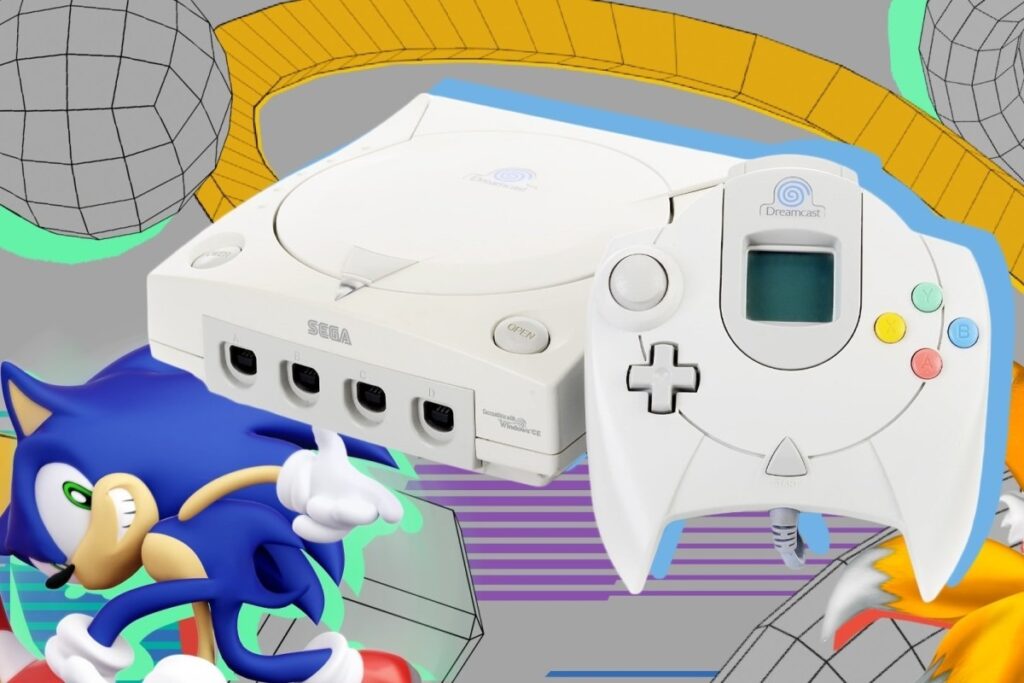
The iconic slogan — “It’s Thinking.” — hinted at an intelligent, living console that could communicate and connect.
TV commercials were abstract, eerie, and futuristic, aligning perfectly with the late-90s tech boom. Unfortunately, this same futuristic tone also alienated casual audiences, who didn’t yet understand or need “online play.”
The Dreamcast sold over 500,000 units in its first two weeks in the U.S. — an incredible start. But the momentum wouldn’t last.
The Challenges: Too Advanced, Too Early
Despite critical acclaim, the Dreamcast faced multiple obstacles:
- Timing – It launched just as the PlayStation 2 hype exploded. Many gamers chose to wait.
- Marketing Confusion – Online play was novel but poorly explained to the mainstream audience.
- Financial Strain – Sega had lost billions during the Saturn era and couldn’t sustain aggressive pricing or marketing.
- Piracy Issues – Despite GD-ROM’s design, software protection was eventually cracked, hurting sales.
- Third-Party Support – Major developers shifted focus to Sony’s PlayStation 2 and its DVD-based format.
By 2001, Sega officially ended production of the Dreamcast, just 18 months after its Western launch.
It was one of the most painful “what-ifs” in gaming history.
Legacy: Ahead of Its Time
Although short-lived, the Dreamcast’s innovations reshaped the industry:
- Online Infrastructure: Paved the way for Xbox Live and PSN.
- Community Play: Inspired cooperative online design seen in modern RPGs and shooters.
- Creative Hardware: Encouraged experimental peripherals and hybrid devices.
- Cult Classics: Games like Jet Set Radio, Crazy Taxi, and Soul Calibur remain beloved today.
Even in failure, the Dreamcast set the standard for what consoles could become — connected, expressive, and interactive. Sega’s innovation laid the groundwork for future revolutions.
The Dreamcast Community in 2025
Two decades later, the Dreamcast refuses to die.
Fan communities have resurrected online servers for Phantasy Star Online, Quake III Arena, and ChuChu Rocket! using modern broadband adapters.
Homebrew developers continue to release new Dreamcast games, while hardware modders build HDMI adapters and optical drive emulators to keep consoles running.
In a sense, the Dreamcast’s original vision — an open, connected platform — lives on through the very fans who once played it.
The Collector’s Perspective
Today, the Dreamcast holds a special place in retro gaming collections.
- Hardware Value: A clean console sells between $150–300, with boxed editions higher.
- Top Collectible Titles: Skies of Arcadia, Shenmue, Ikaruga, Rez.
- Rarity Appeal: Short production runs make certain regional releases extremely valuable.
For collectors, the Dreamcast represents both nostalgia and innovation — the rare combination of technical brilliance and emotional memory.
Conclusion: A Dream That Still Connects Us
The Sega Dreamcast wasn’t just ahead of its time — it defined the future, then vanished before the world was ready.
It was a console built for connection — between players, between worlds, between eras.
Though its life was short, its influence endures in every online match, every downloadable update, and every connected console that came after.
The Dreamcast proved that gaming could be more than entertainment — it could be a network, a community, a dream.
And while Sega never returned to the hardware race, its final console remains a shining monument to imagination — one that still whispers to players, even decades later:
“It’s Thinking.”
